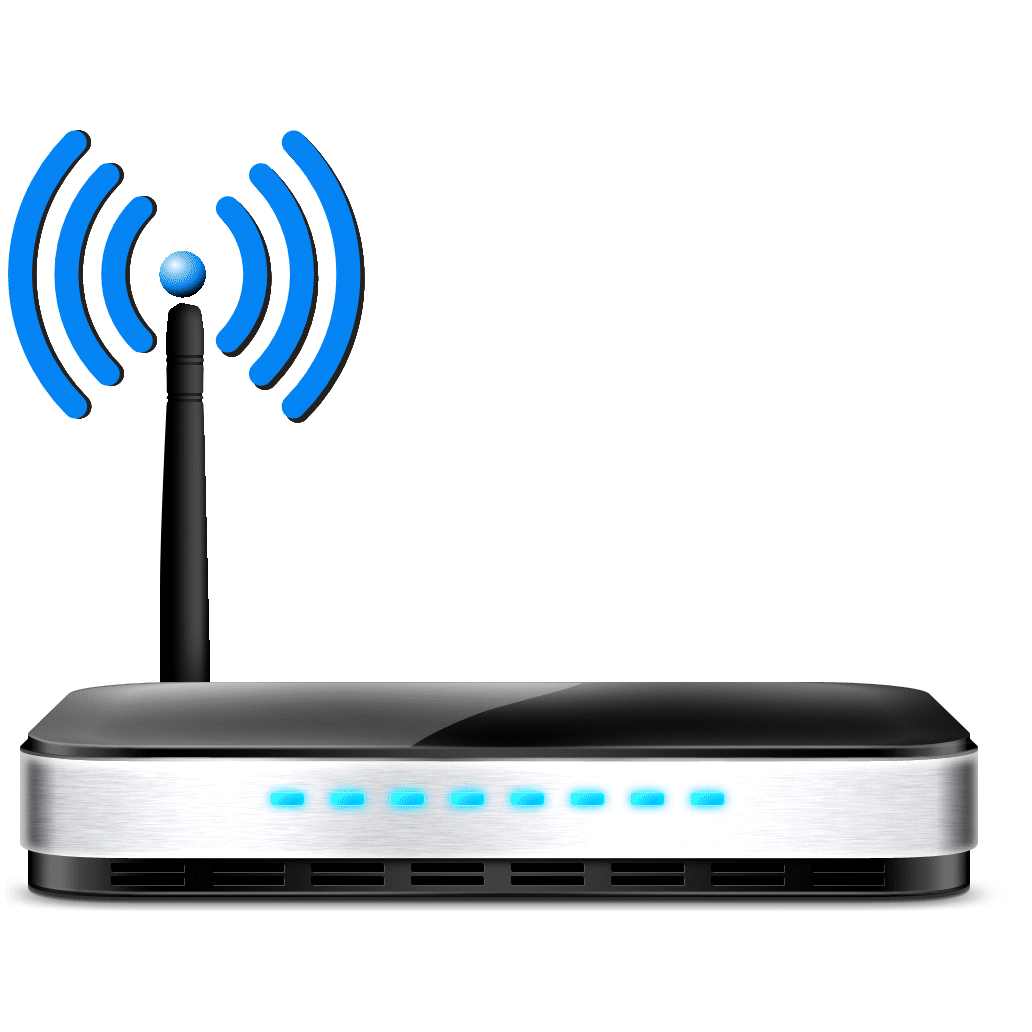Hook Up Your Raspberry Pi
Connecting all your devices to the Raspberry Pi is very easy, but you want to do it in a specific order so it can recognize all your devices when it boots up. First, connect your HDMI cable to your Raspberry Pi and your monitor, then connect your USB devices. If you’re using an Ethernet cable to connect to your router, go ahead and connect that as well. Finally, once everything is connected, go ahead and plug in your power adapter. The Raspberry Pi does not have a power switch, so once you connect the power adapter, it’ll turn on all by itself.
Connect to Your Wi-Fi Network
Connecting to your Wi-Fi network works the same in Raspbian as it does it any modern operating system.
- Click the network icon (it’s the one with two computers) in the top right corner.
- Select your Wi-Fi network name, and enter your password.
That’s it, you’re now connected to Wi-Fi. This will work in both the command line and in the graphical interface, so you only need to set it once. If you have an older Pi and you’re using a Wi-Fi adapter like this, the process is the same.
You have several devices connected to your WiFi router, so how can you tell the outside where you are serving-up Raspberry Pi?
Getting Online
The following section assumes you have an updated and upgraded Raspberry Pi 3 or equivalent, and installed L.A.M.P. (Linux.Apache.MySQL.PHP.) Excellent article for getting started and RaspberryPi.org’s installing LAMP.
You have several devices connected to your WiFi router, so how can you tell the outside where you are serving-up Raspberry Pi?
Use a service like dataplicity OR DIY: Let’s get familiar with our router’s advanced settings in your router manufacturer’s configuration tool. Most home networks use one of these common IP addresses for their gateway to the Internet:

You will need to login to your router’s configuration tool. The username and password should have been assigned at the time of setup. First, we need to reserve an IP address for our Raspberry Pi to use on a regular basis. Typically, the router will have a DHCP (Dynamic Host Configuration Protocol) Settings section, List and Bindings, etc. The Raspberry Pi and all other devices on your LAN should be listed here. Hopefully, your router will have a somewhat intuitive interface that will make sense as to how to assign an IP address to a device or MAC address. If all else fails, consult your manufacturer’s instructions.


The default port for web requests is 80. You can leave the default unless your Internet Service Provider doesn’t allow port 80. Next step in your router’s configuration is to have the router forward all incoming requests on port 80 to the Raspberry Pi. Typically referred to as, Port Forwarding or Port Range Forwarding. You will want to associate the Raspberry Pi’s IP address so that it will receive all incoming requests on port 80 or whatever port you find most appropriate. (The most secure web server is one that is not connected to the Internet 😉 The default port for SSL is port 443. Next step in your router’s configuration is to have the router forward all incoming requests on port 443 to the Raspberry Pi. Motion Web-Cam Streaming: The default port for motion is port 8081. Next step in your router’s configuration is to have the router forward all incoming requests on port 8081 to the Raspberry Pi.
You could also allow Telnet, FTP, SSH, VNC, etc but I do not recommend unless you are familiar with the security risks associated with such services.
Get Yourself A Domain Name
http://www.YOUR_CUSTOM_DOMAIN.ddns.net
Check for the DDNS ( Dynamic Domain Name Service ) Setting in your Router’s advanced configuration settings. Most routers will support one or more of the following, http://www.dyn.com, http://www.noip.com, many others search Google for “Dynamic DNS”. The service will offer the ability to register a domain name to associate with the Dynamic IP address that is assigned to you by your Internet Service Provider. Typically, your router or a software plugin that you download and install will update the Dynamic DNS service’s database when your assigned IP address changes.
Secure Socket Layer
Let’s Encrypt our connection with the Raspberry Pi.
Install
Rather than apt-get Cerbot, I download the latest version directly from its repo:
sudo git clone https://github.com/certbot/certbot /etc/letsencrypt
Easy SSL through Automation
Certbot has a fairly solid beta-quality Apache plugin, which is supported on many platforms, and automates both obtaining and installing certs:
sudo /etc/letsencrypt/certbot-auto
Your domain name for your hydroMazing should now be secure.


Leave a comment